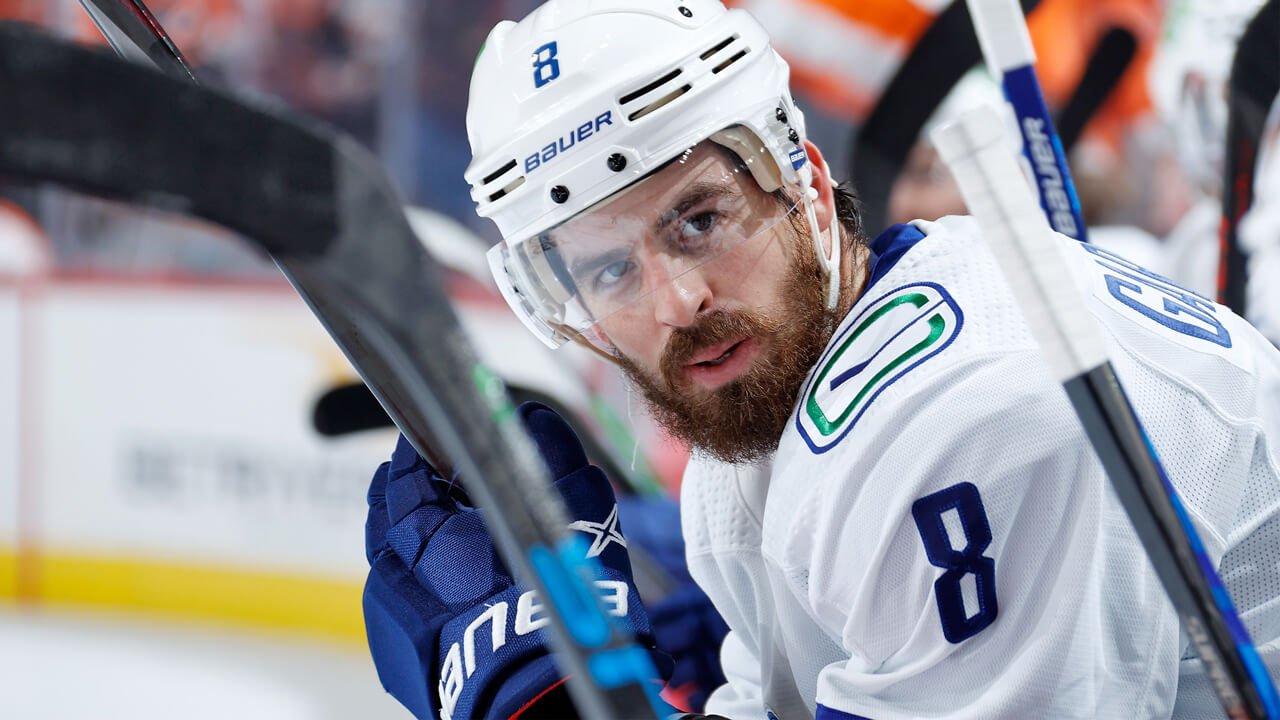

W hether it was back in Boston as a kid, in the Q as a teenager, or as a pro in the desert, one thing’s always been true of Garland: when the lights get brighter, he gets better. “He’s the kind of person that lives for that spotlight,” says Malatesta. He and Askew got a front-row seat to that side of Garland’s game back in their Wildcats days, when The Garland Show tended to cause a ruckus with opposing crowds. “I mean, we played in some rinks that absolutely hated him. He just ate it up,” says Askew. “[He’d be] getting booed every time he touched the puck. You don’t boo a player who’s not a great player, who’s not special.”
Another wide smile breaks through Garland’s beard when he thinks back on those nights and the boos that rained down. “You know, you’re 18 and you think you know everything. I had 100 points a couple months into the season, so I was pretty confident in myself and my ability,” he says. “I used to get booed every time we’d play on the road — for me at that age, it was a lot of fun. I enjoyed that, and our team enjoyed it, and we played off it — we played really, really well on the road that year.
“Honestly, I was more excited for road games than the home games, because I knew I was getting booed, and it was almost an event for me.”
Coming off the thrill of those wild nights out east, Garland lost a bit of that joy when he moved on to the next level. Becoming an everyday NHLer was a dream come true, but on and off the ice, it was different. “Arizona was great, but it’s not a huge hockey market. They have great fans, but I remember a former player who said he never got recognized — and he was there, like, six years,” Garland says. “I didn’t get recognized really at all there. … I got recognized in Moncton way more than I did in Arizona.”
Inside Conor Garland’s fearless and endearing approach to the game
Source: Pinas Ko Mahal

0 Mga Komento